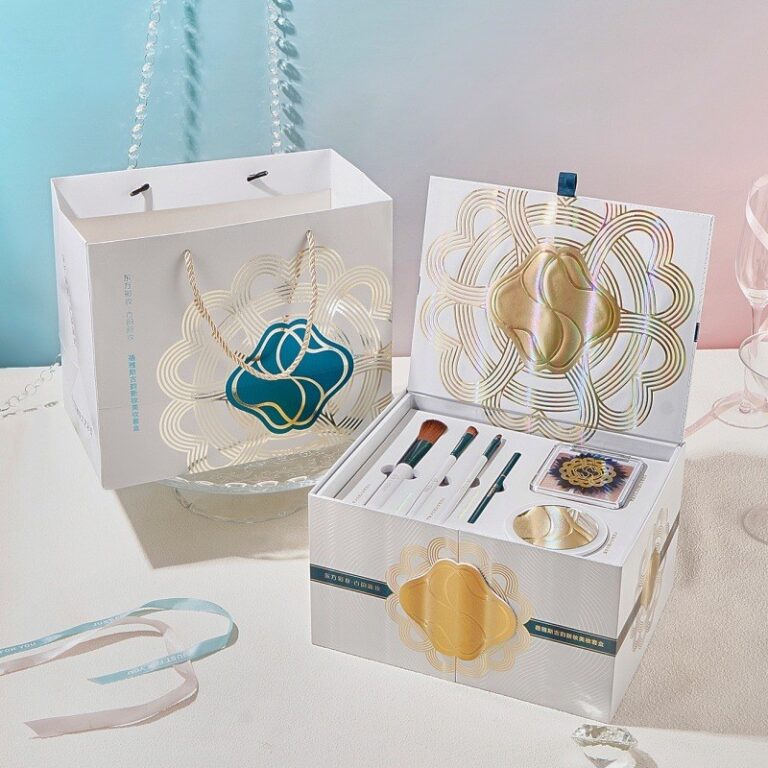The factory’s one-stop service from design to production can shorten the delivery cycle (such as skipping the third-party design link) and reduce unit costs through large-scale production.Customized Logo is not only a printing service, but also builds a value delivery chain from packaging to consumers for brands through technical capabilities (such as digital printing, intelligent quality control), resource integration (material library and design team) and data insights.



Multi-dimensional Value Analysis of Customized Logos for Brands and Factories
1. Brand differentiation and market competitive advantage
• Factory perspective:
Help brands achieve “visual capture” on shelves or e-commerce platforms through customized production, and use highly recognizable Logo designs to strengthen consumer memory points. For example, through special processes (hot stamping, UV embossing, laser printing) to enhance the texture of the Logo, the brand can stand out from competitors.
• Data support:
Surveys show that 60% of consumers will try new brands for the first time because of the unique packaging design. The factory provides customized services that can directly empower the brand’s market penetration.
2. Consumer experience and brand loyalty
• Emotional connection:
Factories can combine material selection (such as touch film, environmentally friendly paper) with Logo to create a “sense of unboxing ritual”. For example, high-end beauty brands often use magnetic boxes + embossed Logos to enhance the luxury experience.
• Sustainable narrative:
Provide recyclable materials and integrate them into logo design (such as printing environmental protection logos with plant ink) to help brands convey the concept of social responsibility and attract Generation Z consumers.

3. Channel control and anti-counterfeiting needs
• Technology empowerment:
Factories can integrate invisible QR codes, microtext and other anti-counterfeiting technologies into logos, and help brands combat channeling and counterfeiting through the “one item, one code” system. For example, the liquor industry achieves traceability through the chip logo embedded in the bottle cap.
• Regional customization:
Provide logo localization adjustments for different markets (such as holiday limited editions) to help brands accurately operate regional markets.
4. Long-term cooperation and data precipitation
• Factory value extension:
By continuously iterating packaging for brands (such as dynamic logo updates), accumulating consumer preference data, and reversely guiding brand product strategies, a “packaging-sales-feedback” closed loop is formed.
• Case reference:
A snack brand cooperates with a factory to update the logo theme color every quarter, which increases the repurchase rate by 23%, and the packaging itself becomes a marketing touchpoint.

